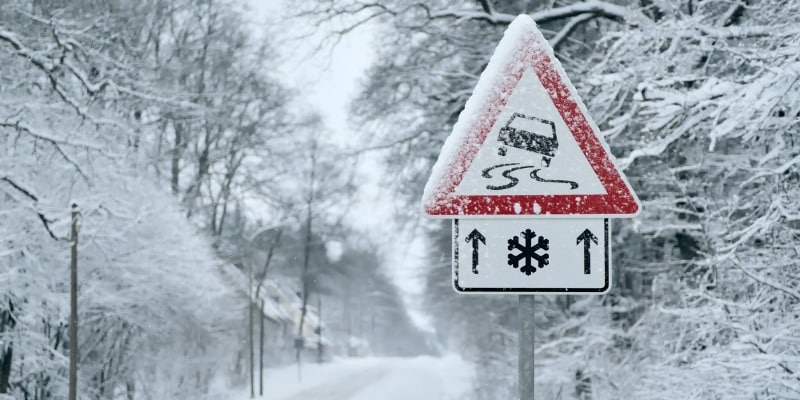Winter driving can be a white-knuckle ride. Snow, ice and long, dark nights all pose challenges to those behind the wheel. Whether you operate a car, truck or snowmobile, winter driving requires special attention.
Collisions in Canada
- In 2017, nearly 30 per cent of collisions reported to the National Collision Database happened on wet, snowy or icy roads. One third happened in January, February, November and December.
- December had the second highest number of total collisions in 2017 with 26,824 incidents. Of those, more than 14,000 resulted in at least one injury.
- Single-vehicle collisions were most common in early winter with November, December and October ranking in the top three in 2017.
- Canadian insurance providers report a 49 per cent increase in collision-related claims in December and January.
- Whether behind the wheel or steering a snowmobile, sober driving is just as important in winter when conditions can change at a moment’s notice.
- Police amp up impaired driving patrols in the holiday season when drivers are heading to and from social events.
Winter Roads
- Winter tires improve traction and shorten stopping distance. The performance of all-season tires suffers when temperatures dip below 7 C as their rubber loses elasticity, according to the Canadian Automobile Association.
- Snow and ice are more slippery at 0 C than at -20 C or below, according to Transport Canada.
- Transport Canada reports that black ice can be present on roads with temperatures between 4 C and -4 C. The slick, transparent ice can be found on roads, bridges and overpasses even long after sunrise.
- Ice can form on bridges and overpasses before roads as the cold air underneath causes surface moisture to freeze.
- Canada spends more than $1 billion annually clearing snow from streets, sidewalks, driveways and parking lots.
Snowmobiles
- During the 2017-2018 winter, more than 965 people were hospitalized with snowmobiling injuries, according to the Canadian Institute for Health Information.
- While 77 per cent of people hospitalized with snowmobile injuries were adult men, 75 children and teenagers found themselves in the hospital as a result of snowmobiling.
- Wearing a lifejacket or survival suit can save a snowmobiler if they encounter an ice hole or thin ice.
Safety Tips
- Carry a winter safety kit with a flash light, emergency food and water, candles, blankets, booster cables, tow straps, a shovel and sand for traction. It can help get a stuck car moving and keep you safe during an emergency situation.
- Check highway conditions online or by calling 511 before leaving. If road conditions are poor, reconsider your plans.
- If trapped in a snowbank, ensure the vehicle’s exhaust pipe is clear of snow and debris to prevent harmful fumes from entering the vehicle.
- Avoid passing a working snow plow as it can be dangerous for both vehicles. It’s best to stay back at least 10 car lengths and be patient.
- Clear all snow and ice from a vehicle before hitting the road. Snow blowing off a vehicle’s roof can be a hazard and distraction for other road users.
- Four-wheel drive can help reduce the chances of getting stuck, but it won’t help a vehicle stop any faster in slippery conditions.
Credit: RCMP

